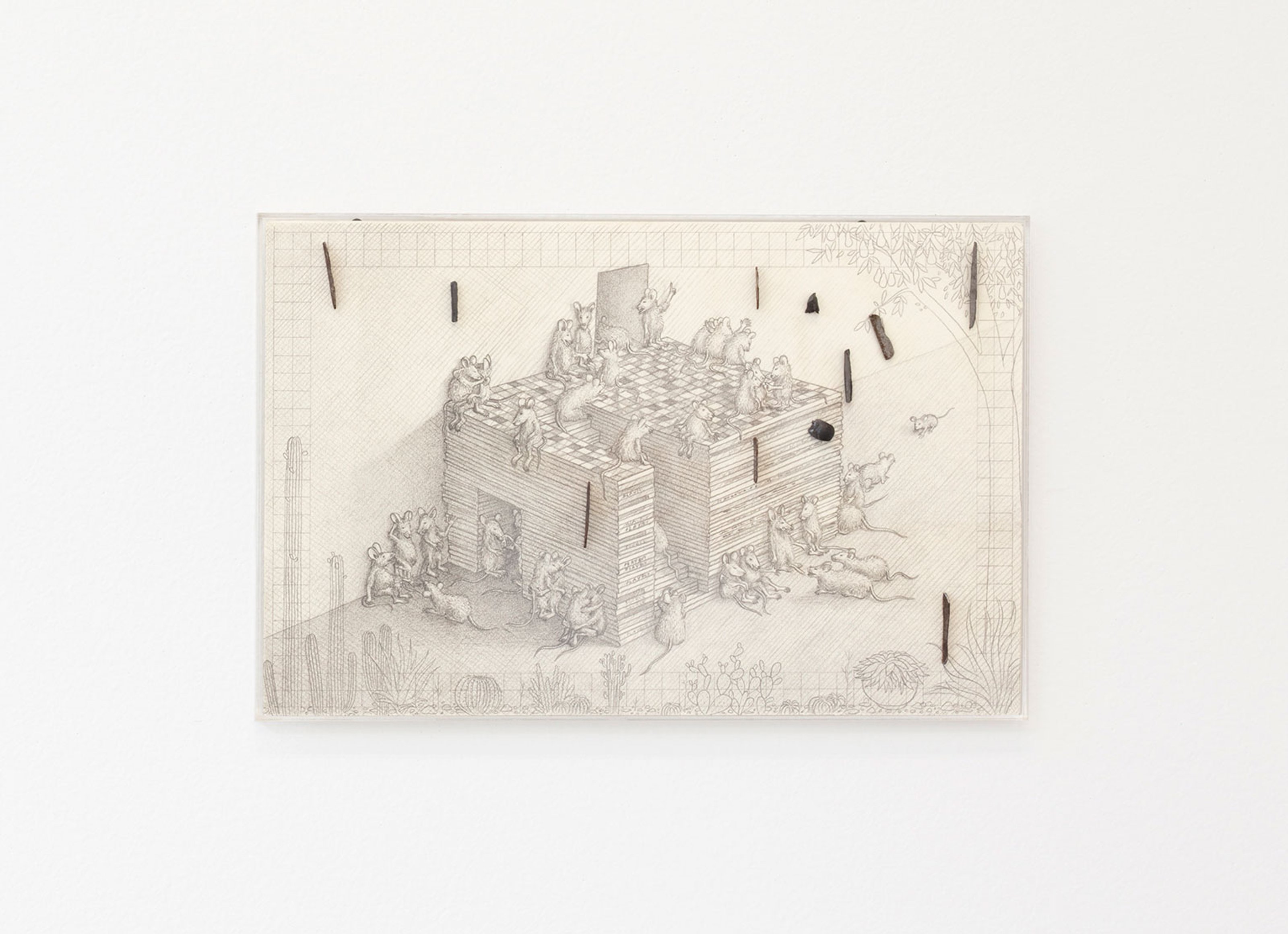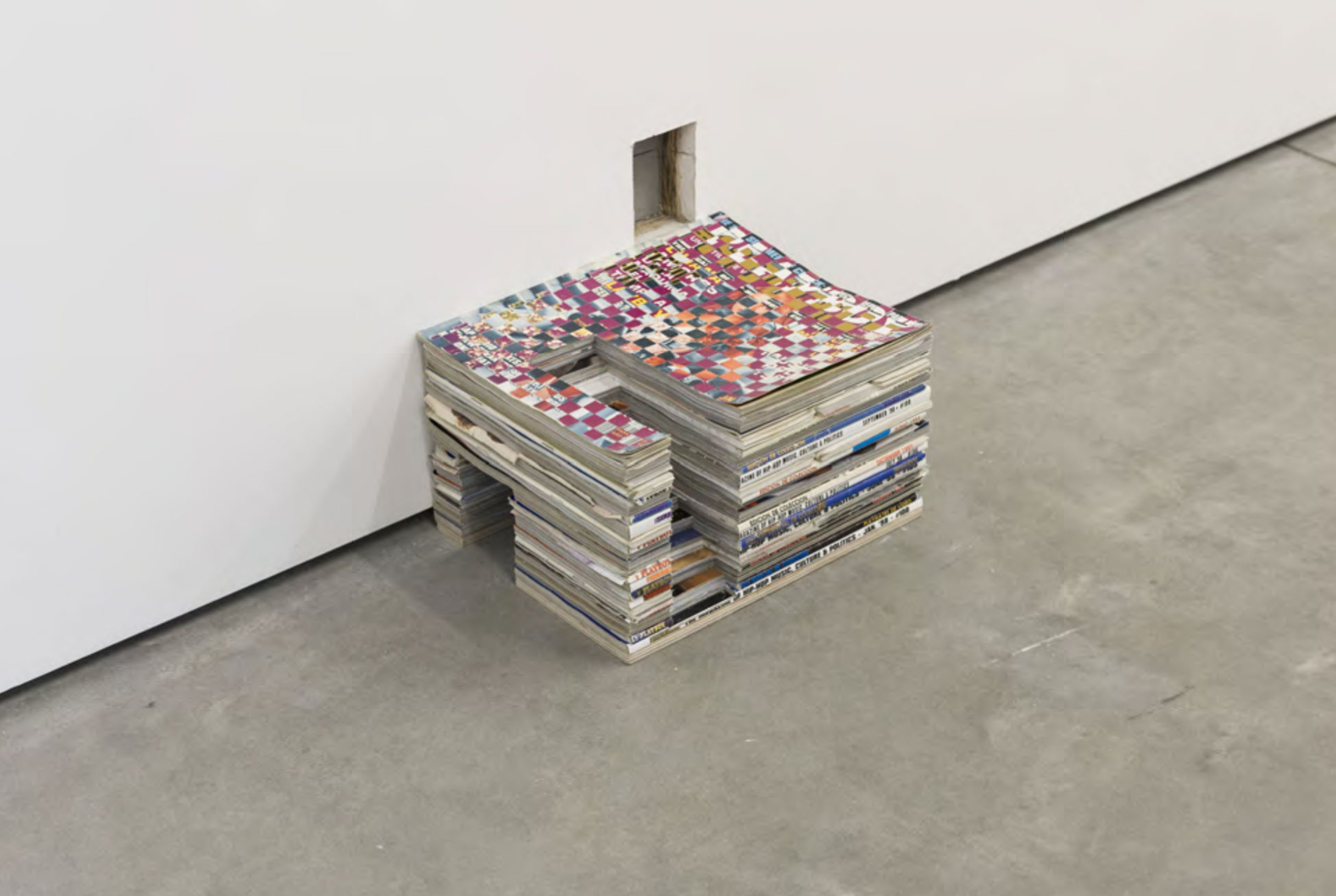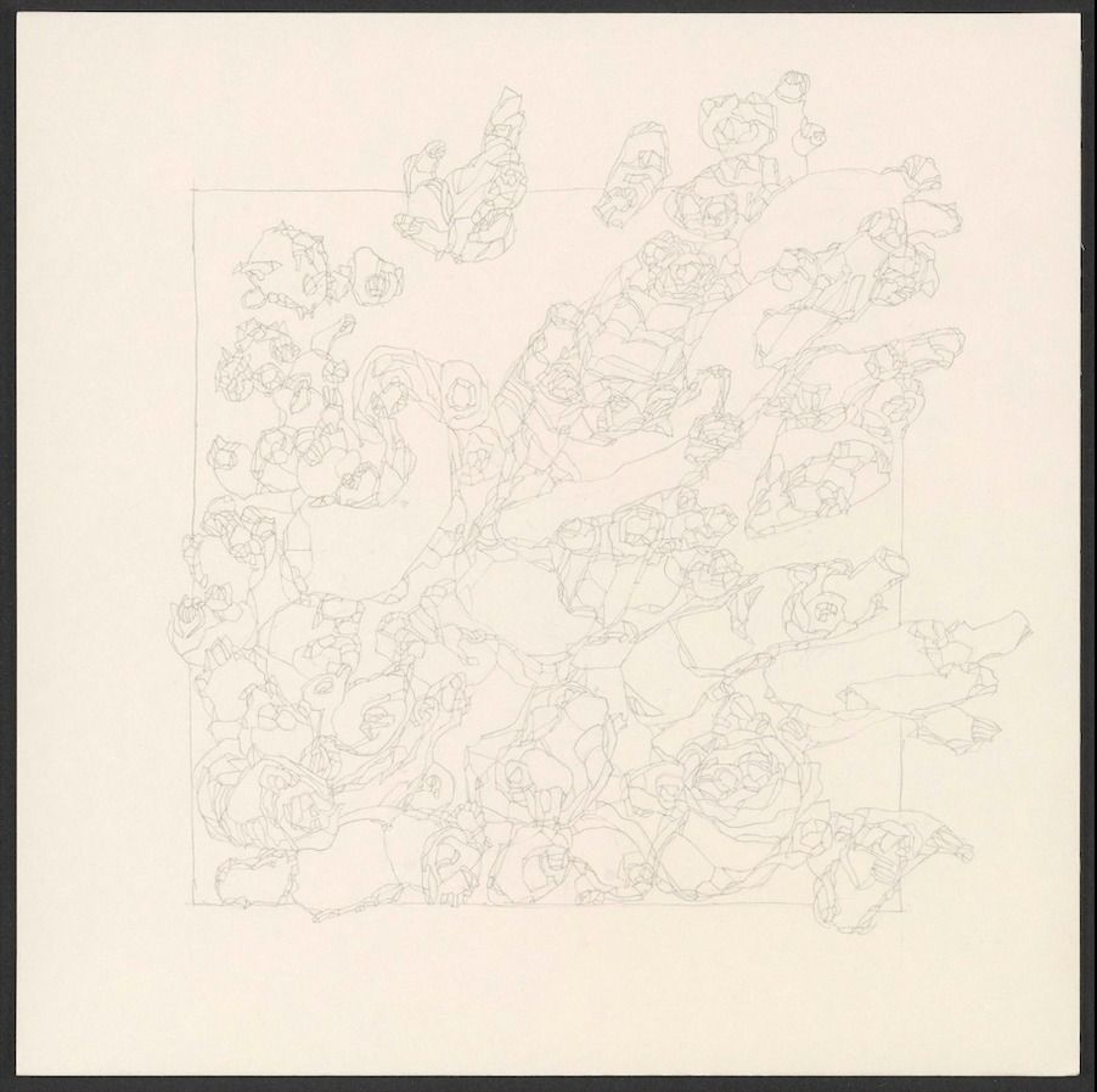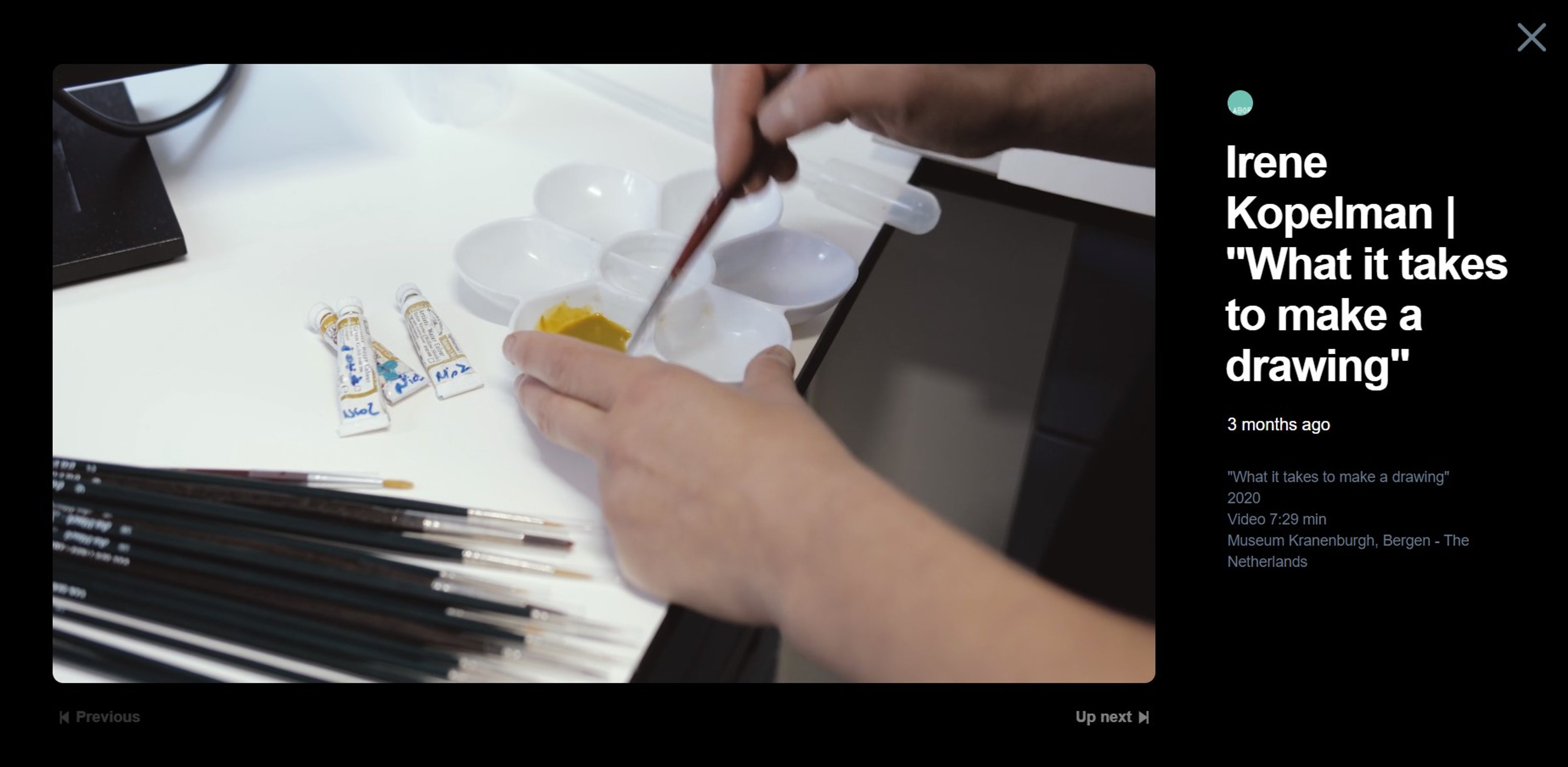
To say that Pamela Echeverría is well-versed in the international art scene would be an understatement.
As the director of LABOR Gallery in Mexico City for over a decade, she has witnessed firsthand the ongoing transformation of the city into a hub for both Latin American and international art, owing in no small part to its location between the United States and the rest of Latin America.
Under Pamela’s direction, LABOR has blossomed into one of the city’s most notable galleries for contemporary art from the region, taking on a roster of artists whose work involve a research component and often tackle social or political concepts. Another key focus of LABOR’s—and, by extension, Pamela’s—efforts is to create a sustainable cultural economy for those involved in artistic labor.
Some of the more “rebellious” projects that LABOR has hosted to date include Jill Magid’s work with the Barragan Foundation, Irene Kopelman’s ecological work, Terence Gower’s Baghdad Case Study, and Kenneth Goldsmith’s Printing Out the Internet project back in 2013.
We caught up with Pamela just in time for this year’s Zona Maco Art Week—a pared-down version of Latin America’s largest art fair, as the main event had to be postponed to 2022—to discuss her curatorial vision, how the past year has been for both her and LABOR, and what the future holds.

Collecteurs: The idea behind one of LABOR’s recent exhibitions, #TodosSomosHonolulu, alluded to how we all “aren’t sure what to do” due to the ongoing pandemic. What are some things you’ve been doing on a personal level to cope with all the uncertainty in our lives this past year?
Pamela Echeverría: I guess surrendering to silence. Since the beginning of the pandemic, I understood we were facing a time of a lot of anxiety, horror, and confusion. I tried to make silence an ally who will help me grasp how to adapt and, above all, how to respect the fear and pain of others while connecting with our audience, from a distance, at a human level.
One of the things I enjoy most in life is listening to music. We thought about Perfume, a series of commissioned ambient sessions composed by musicians that we could share by email. It was a little present to enjoy while on lockdown, and it would mark Sundays, as that’s when they were released at the beginning. Time became so elastic, so… the same.
I also focused on yoga. My practice is now solid and I must say it is what has kept me strong and in balance. I watch the news religiously after practicing—as a counterpose.
And I learned how to make tortillas from scratch! I am very proud of that.
Image left: Installation view for the exhibition #TodosSomosHonolulu at LABOR.

Collecteurs: The type of projects LABOR does require a higher degree of involvement on the gallery’s part, as each project also has a research component. What has it been like trying to maneuver around the COVID-19 crisis as you’re working on such artistic projects? What are you doing differently these days?
PE: The traveling rhythm changed. I used to live in a suitcase and hop on a plane every two to three weeks, and now I work at my gallery/home as usual, but I have more time to do other things that I never had time to do because of a lack of space in my agenda, like working with a good designer on a new website or enrolling in Arabic courses.
Collecteurs: What was it like collaborating with the exhibition platform PEANA on **The Memory We Don’t Recall**—in the midst of a pandemic?
PE: We are in the era of collaborations, so working with PEANA Founder Ana Escoto and the artists she represents was one of the most exciting things we did last year. It was really difficult to plan anything in the midst of the pandemic, which is why planning this with a gallery within Mexico, based in the city of Monterrey, made it so much easier for this exhibition to happen.
Additionally, to be able to generate an intergenerational dialogue with younger artists represented by PEANA that I really like—for instance, the duo ASMA—was a great experience and I would definitely repeat it. Actually, the upcoming exhibition at LABOR—opening on April 27, in time for the Zona Maco Art Week—will be a duo show with Jorge Satorre and ASMA.

Image: Jorge Satorre (1979) A veces uso imágenes en mi trabajo que pueden ser vergonzosas para mi, mi familia y mis galeristas (revistas) 2019. Collage and magazine pile, 22 x 27.5 x 14 cm. Photographer: Ramiro Chaves.
Image left: Jorge Satorre (1979) A veces uso imágenes en mi trabajo que pueden ser vergonzosas para mi, mi familia y mis galeristas (ratones) 2019. Pencil on paper, 43.3 x 28 cm. Photographer: Ramiro Chaves.
Collecteurs: It’s been more than a decade since you founded LABOR. Could you tell us a little about your journey of opening the gallery? How has the culture & arts scene of Mexico City changed since then?
PE: It’s been TOUGH!!! [_Laughs_] The art scene in Mexico City has changed substantially since there is a larger offer of contemporary art in the city, as it has become the hub for contemporary art in Latin America.
Mexico City is geographically located in a very strategic situation, between the United States and the rest of Latin America, which makes it easier for the city to become a hub. It is a mandatory stop for people who are interested in the art world, as it hosts [Zona Maco,] the largest contemporary art fair in Latin America.
On the other hand, the pandemic has helped new independent spaces and artists’ studios to open, as people have had more time to focus on their own projects. There has also been a notorious increase of international artists moving to live here, as it was becoming extremely difficult for them to afford the super-high rents in European or American cities. And these exchanges are helping to stimulate the local art scene.
Collecteurs: You’ve stated in a previous interview that Santiago Sierra’s 465 Remuneradas Personas was one of the first works of contemporary art that moved you deeply, and a similar—dare we say, rebellious—ethos runs through your work at LABOR, where you specialize in research-based projects that tackle contemporary social and political issues. As a gallerist, why do you think you’re drawn to such projects? Besides their artistic and/or sociopolitical merit, what is it about these types of projects that attract you?
PE: [These types of projects] move me because I believe an artwork has the power to attract you, not only in its shape but in its concept, as well. In my opinion, a true masterpiece becomes one when the concept behind the object is so powerful that it compels you, forcing you to rethink and reformulate your own ideas on certain matters. I was drawn to such projects because I like working with ideas rather than objects.

Collecteurs: LABOR has exhibited at international art fairs like Art Basel before. Now that art fairs are on hold for a while, what approach will LABOR take in terms of opening up to the international art market?
PE: Thanks to the pandemic, almost every gallery had to reinvent and dedicate more time to its local scene and digital content. But for us, that has been a channel through which we have connected to a larger international market since day one. For instance, during the first months of lockdown, we thought it would be a good moment for our audience to take the time to engage with our artists’ statements and know more about their work. We invited some of our artists to have conversations with other professionals regarding a specific project, idea, or subject. All of these talks are still available on our Vimeo channel for free. In the end, we are not “the center,” and seducing from the far has been our jam since I have memory.

Still image from the video with Irene Kopelman. Image credit: LABOR.
Image left: Irene Kopelman, Invasive Species Madryn (Tríptico | Triptych), 2017.
Collecteurs: You’ve been in the art scene for quite a long time, and you’ve been involved with projects that address contemporary social and political themes throughout your career. How do you view the future of the international art market?
PE: I don’t think much will change… Probably the speed with which operations were occurring before the pandemic, and that’s because of [issues with] mobility. The world and commerce have split into regions and this is something that will change the course of “physical distributions” for sure. But you know how it works… great art is great art, and those who want it will always want it, and nothing will stop them until they get it.